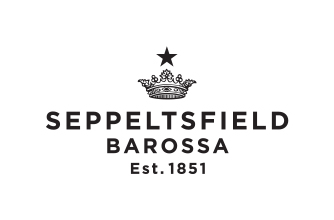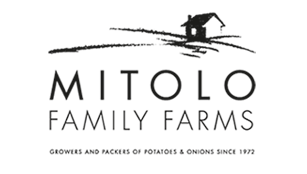Our new Dining Galleries presented by Mitolo Family Farms bring art and food together in one place. These new spaces – part restaurant, part art showcase – feature the best and brightest in global hospitality. Menus matter, of course, but so do memories. Make them here.
Hansol Lee is the owner and chef of Matsu in Melbourne’s west side, offering a mere four seats to diners. At Matsu, he not only creates remarkable dishes but also fosters intimate connections with diners, providing a unique and unforgettable dining experience.
Hansol Lee is set to join us in our Dining Galleries for Sushi Dreams and Yum Cha 2.0. Before he gets here, find our where he finds his inspiration.
What is your starting point? Where do you find that initial inspiration?
I tend to find my initial inspiration in ceramics or pottery. Before deciding on the food, I usually select the plate that I want to use. This approach may not be common. Typically, one decides what to cook and then selects the plate. However, I examine the plate first and contemplate what would complement it well before deciding on the dish.
Do you ever hit a creative block and how do you overcome it?
Even after choosing a plate, there are times when I struggle to think of a dish that pairs well with it. In such instances, I visit the market to explore seasonal ingredients and consider their colors and flavors. Even non-seasonal ingredients offer unique colors and textures in vegetables, fruits, and fish, providing me with inspiration. That's one of the main reasons why our restaurant is located near the market.
What about a real "eureka" moment, a sudden flash of inspiration? Please share an example
There are moments at the market when certain ingredients catch my eye. I often ponder if I can combine them, and sometimes they harmonize perfectly. Whether it's luck or intuition, encountering such moments brings me immense joy and satisfaction.
How much of what you "create" is "standing on the shoulder of giants", or building on the work of your predecessors?
Kaiseki is a traditional degustation course in Japanese cuisine. It's essential to maintain the harmony and seasonality of each course, as dictated by tradition established by Japanese ancestors. While adherence to these rules may be optional, I create menus with utmost trust in their wisdom. I am always worried and conflicted between the traditionality and creative Japanese food that customers expect from a traditional Japanese restaurant. This is a big challenge when creating a menu every time.
How important is the customer/diner in your thinking? Have you been forced to abandon ideas that you love because you don't think they will be popular?
That's an interesting question. I think this is also the homework of all chefs. It doesn't seem easy to achieve both popularity and creativity. Here I would like to explain what Omakase means. Omakase means that guests eat food selected by the chef. Omakase is about trusting and leaving it to the chef, but you may wonder whether the chef is confident and will produce food that he likes, or whether he will produce food that the guests will like.
I think the right answer to serve food that customers will like. When giving a gift, I think it is better to give a gift that recipient will appreciate rather than a gift I like. One day, I decided to replace oysters with my favorite Sesame tofu on the menu. I thought that sesame tofu has a subtle sesame scent and could be a good appetizer. However, its texture and taste were not as popular as expected. Through this, I was able to think that it was right to prepare a gift that the customer would like.
Do you enjoy working in collaboration? Solo? Both?
I find enjoyment in both solo and collaborative work. Each offers unique pleasures. Working alone brings a sense of personal accomplishment, while collaboration brings a different kind of happiness derived from teamwork. I am looking forward to working with amazing chefs at Tasting Australia.
Do you have an interest in art and, if so, what style or medium?
I am currently fascinated by Japanese ceramic art. Korea and Japan boast rich histories in ceramic artistry. I particularly admire green plates and Oribe pottery from the late 16th century. Oribe's traditional methods coupled with his unique colors and shapes have left a lasting impression. Understanding the history and story behind a plate imbues me with a different mindset when preparing it.
Do you think art and food have things in common?
I believe that the essence of art lies in its ability to evoke value and passion. All art forms require a passion for creating value, and cooking is no exception. As many people would agree, cooking demands a significant amount of patience and passion, which can be considered a form of art. Is there any art that evokes memories as vividly as food does? What is the dish that holds the essence of unforgettable moments for you? Today, I crave the taste of my mother's cooking.

















